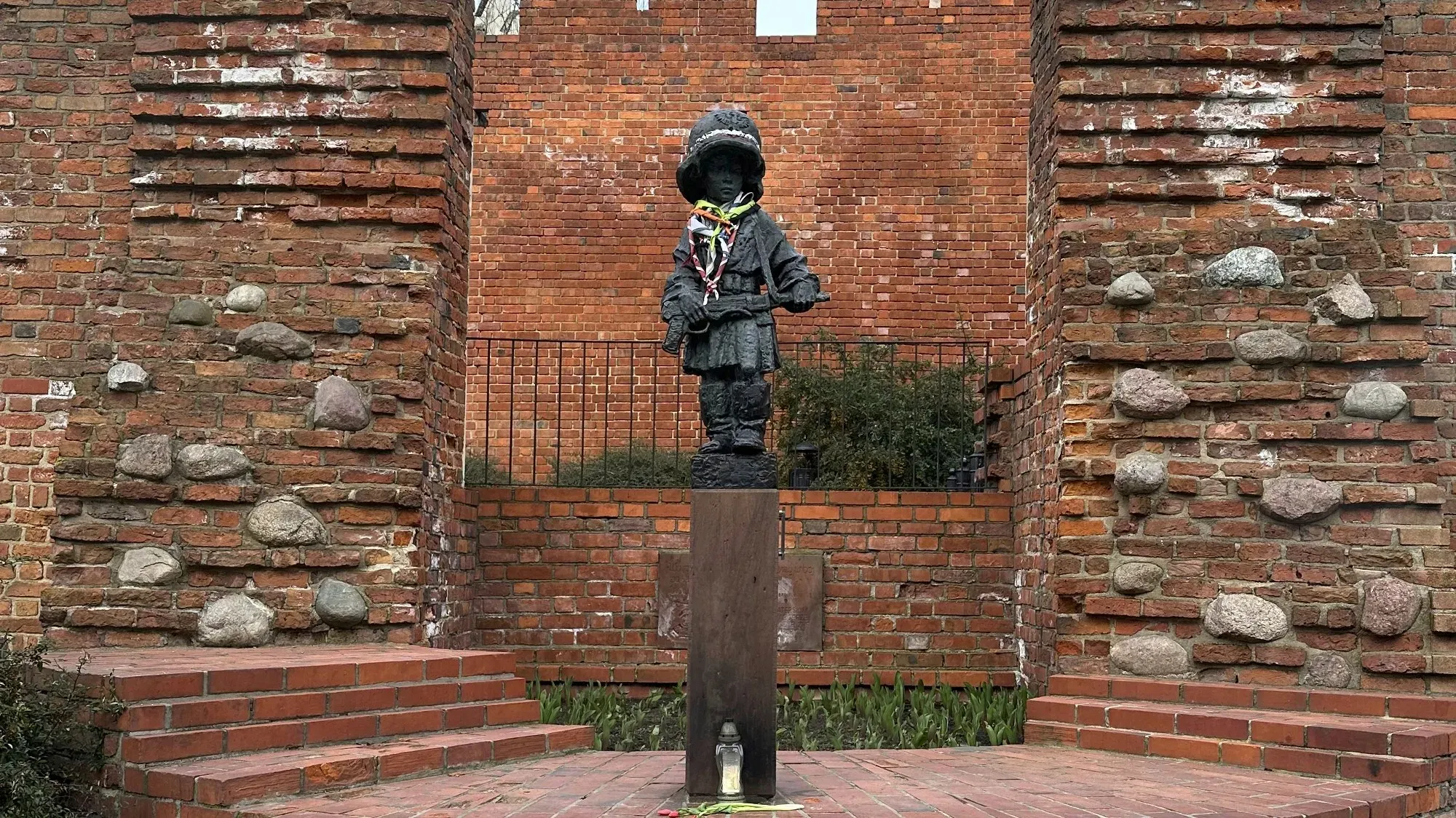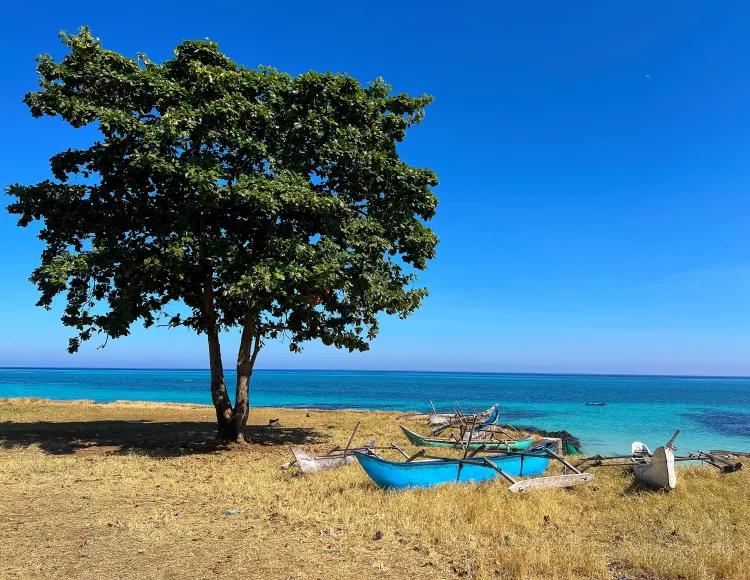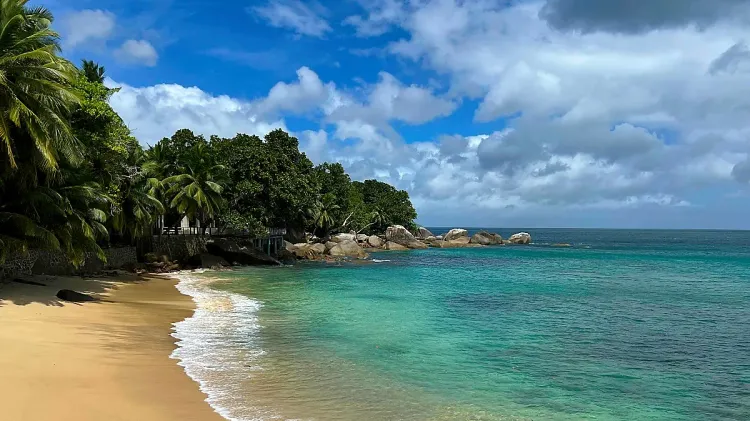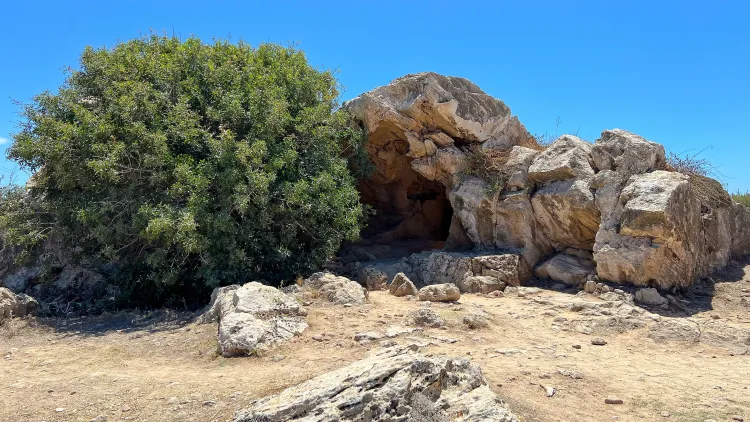Journal #19 - Poland

Cześć from Poland!
We have had a splendid time here. During our visit, we called two different cities home and enjoyed the company of a dear childhood friend. Many moments surprised us and we took in a lot of history throughout our visit. There is so much to see and learn here that we were not expecting.
Our first stop was in Warsaw (Warszawa) where we stayed with one of our best friends, and we loved it. The city was very well laid out and we had the pleasure of walking everywhere. We spent a whole day just strolling along The Royal Way (Street Name: Nowy Wiat which turns into Krakowskie Przedmiescie after Copernicus Square) This was our first taste of the city and it was delightful. The streets were filled (but not overcrowded) with a jolly heap of people. They were all window shopping and stopping in at any of the multitudes of restaurants along the way. We enjoyed the statues of famous scientists, royal infrastructure, and religious sites. We were particularly charmed by the Chopin Benches. These are black benches that you can sit on and press a button to listen to a recording of one of Poland’s most successful and lasting composers. They were a gem to find scattered around the city, and we enjoyed very much taking in the city set to music.
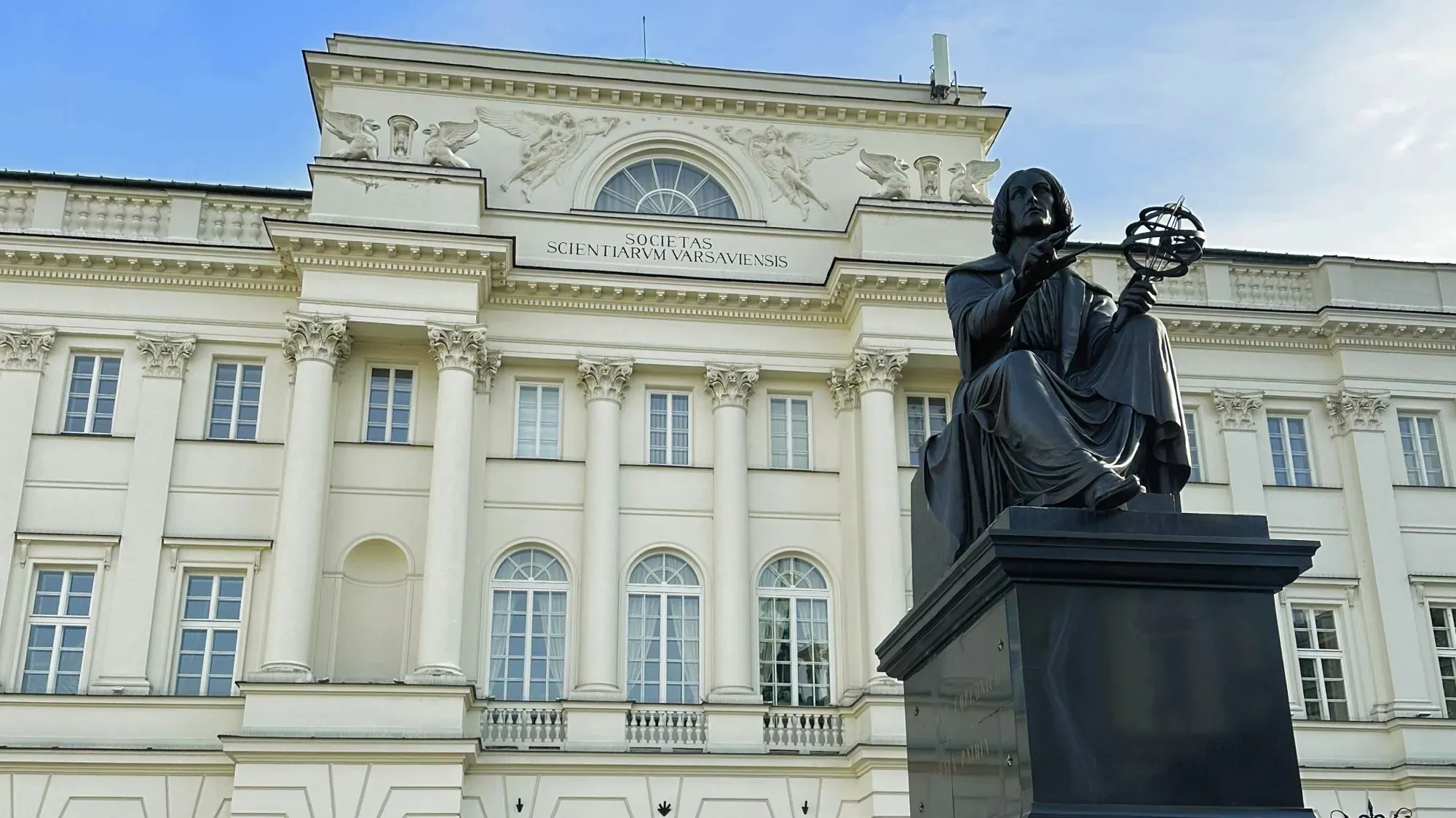
The other amazing experience we had in Warsaw was our visit to the POLIN Museum of the History of Polish Jews. Set in the part of town that was formerly the Polish Ghetto, this museum packs a punch. It spans hundreds of years of history in the region, outlining different periods when the Jewish population was more and less accepted including an explanation of what life looked like throughout the 1940s. The museum went on to highlight what life and population demographics are in the modern city. This was an excellent museum. It was helpful to be able to travel at your own pace. There are audio guides that automatically kick in as you enter each exhibit so you can stay and read anything before progressing without having to click on the monitor or fall behind. The museum had a lot of quality and valuable information. We felt that there was a lot we learned from our time there and would highly recommend it to anyone traveling or living in the area.
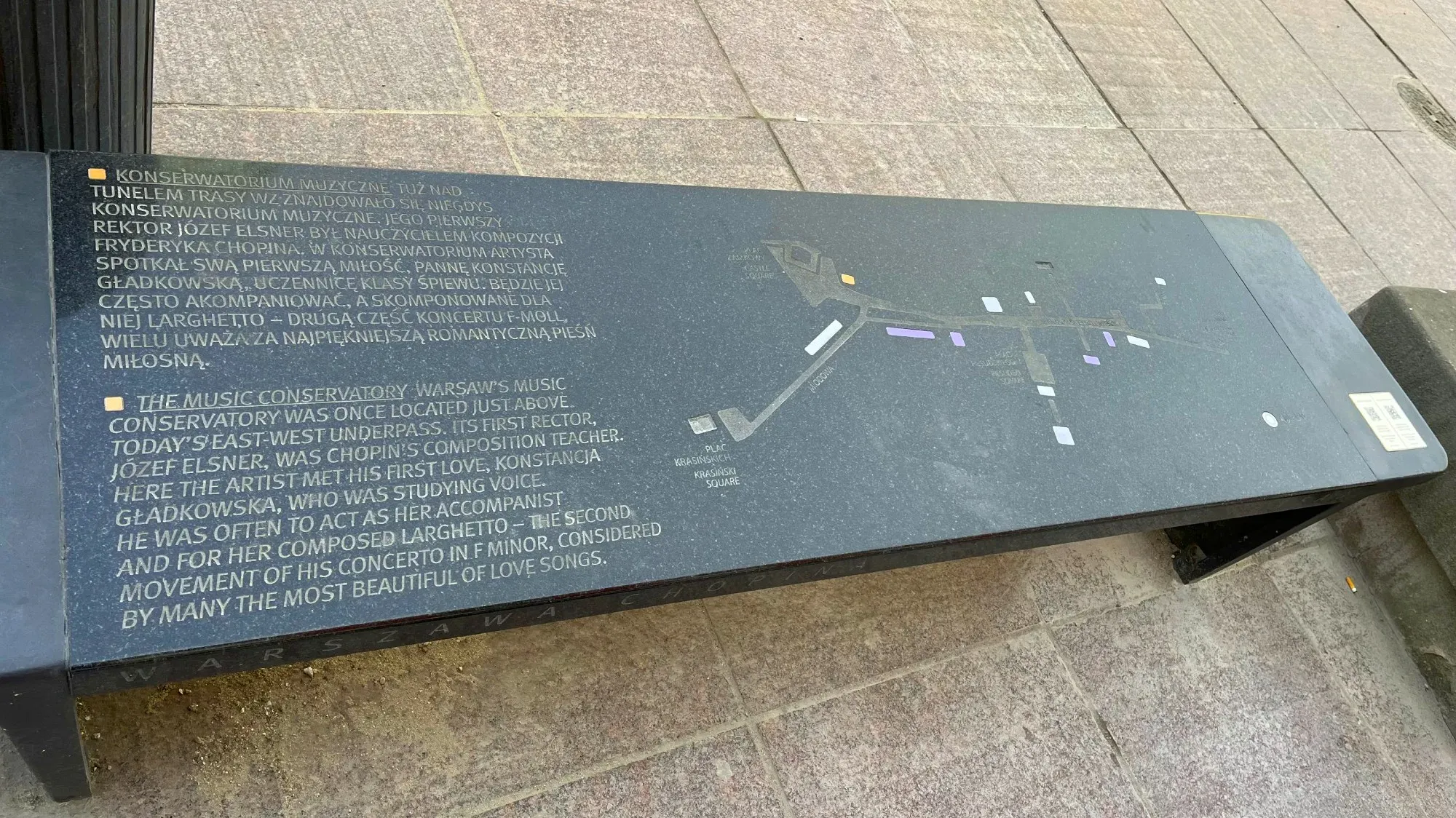
A fun feature of our time in these Polish cities was their respective symbols. For Warsaw they have the “Warsaw Mermaid” she lives on their coat of arms and statues. Some of the tourist shops also have figurines and shirts highlighting her. In Krakow, their unofficial mascot is the Wawel Dragon. With a history in Polish legend, this dragon can be found in stuffed animals, on merchandise, and also in a wonderful statue. At the base of Wawel Hill, there is a metal statue that literally blows fire every couple of minutes and was fun to take pictures and videos of.
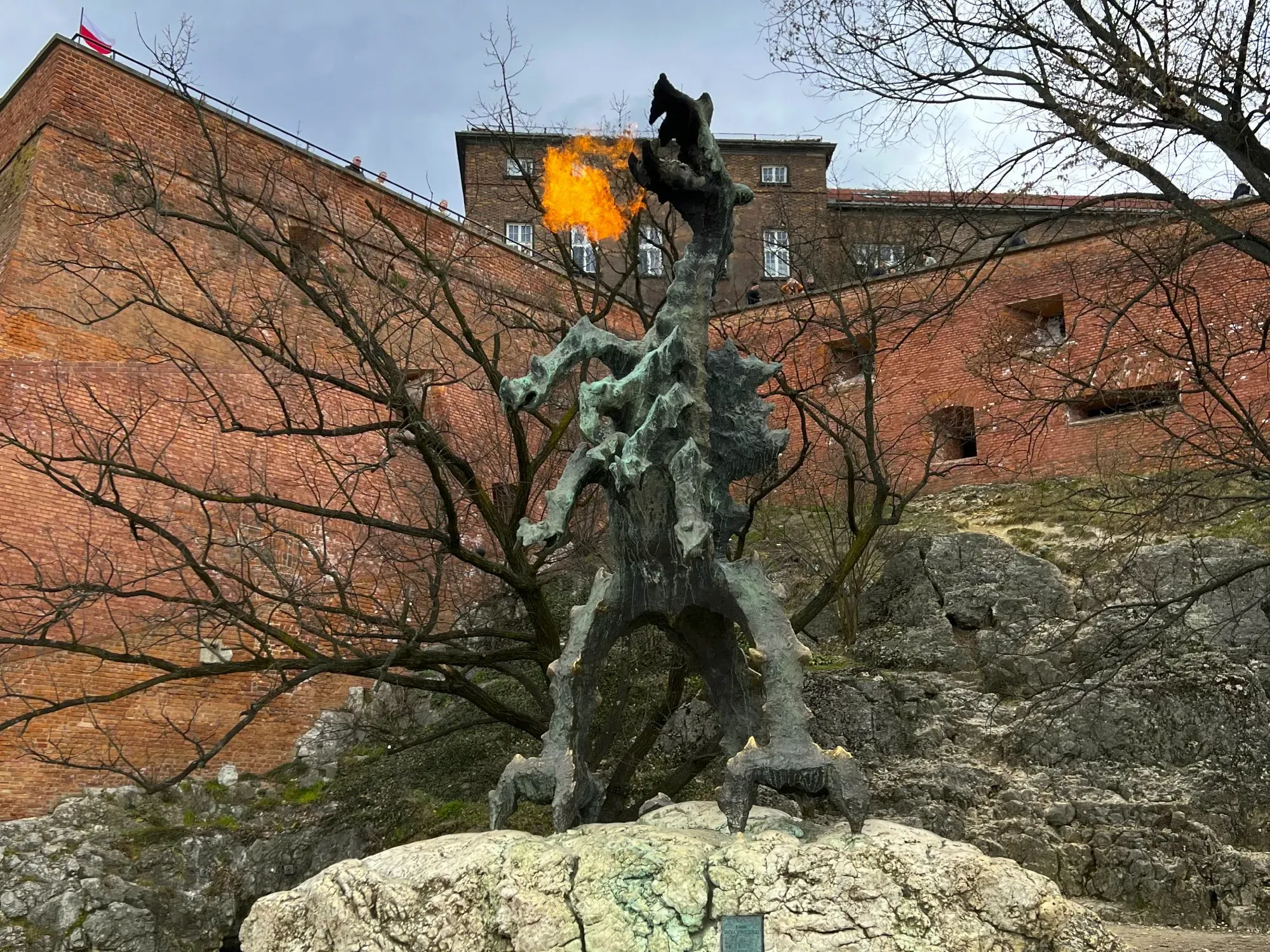
One aspect of our visit that we were unprepared for was the transportation department. We found it challenging to get a hold of tram tickets. There were booths that were out of paper, machines that would not accept credit cards, and some stops that did not have a box to purchase from at all. So we had to prioritize getting enough tickets ahead of time in order to ride. This was because the Polish tram equivalent of “Meter Maids” were militant. They worked in pairs and would board the trams one in the front of the car and one in the back. They wore street clothes and acted very casually. We watched one even sit down and ride an entire stop. Then when the doors shut as the tram pulled away from a stop, the pair would whip out their badges and systematically work their way through the car in order to make sure all riders were properly ticketed. This is not something we have experienced in other countries so it caught us off guard. So to anyone visiting, make sure you are always appropriately ticketed, otherwise, you might have some secret agents approach you from two sides and charge you a fine on the spot.
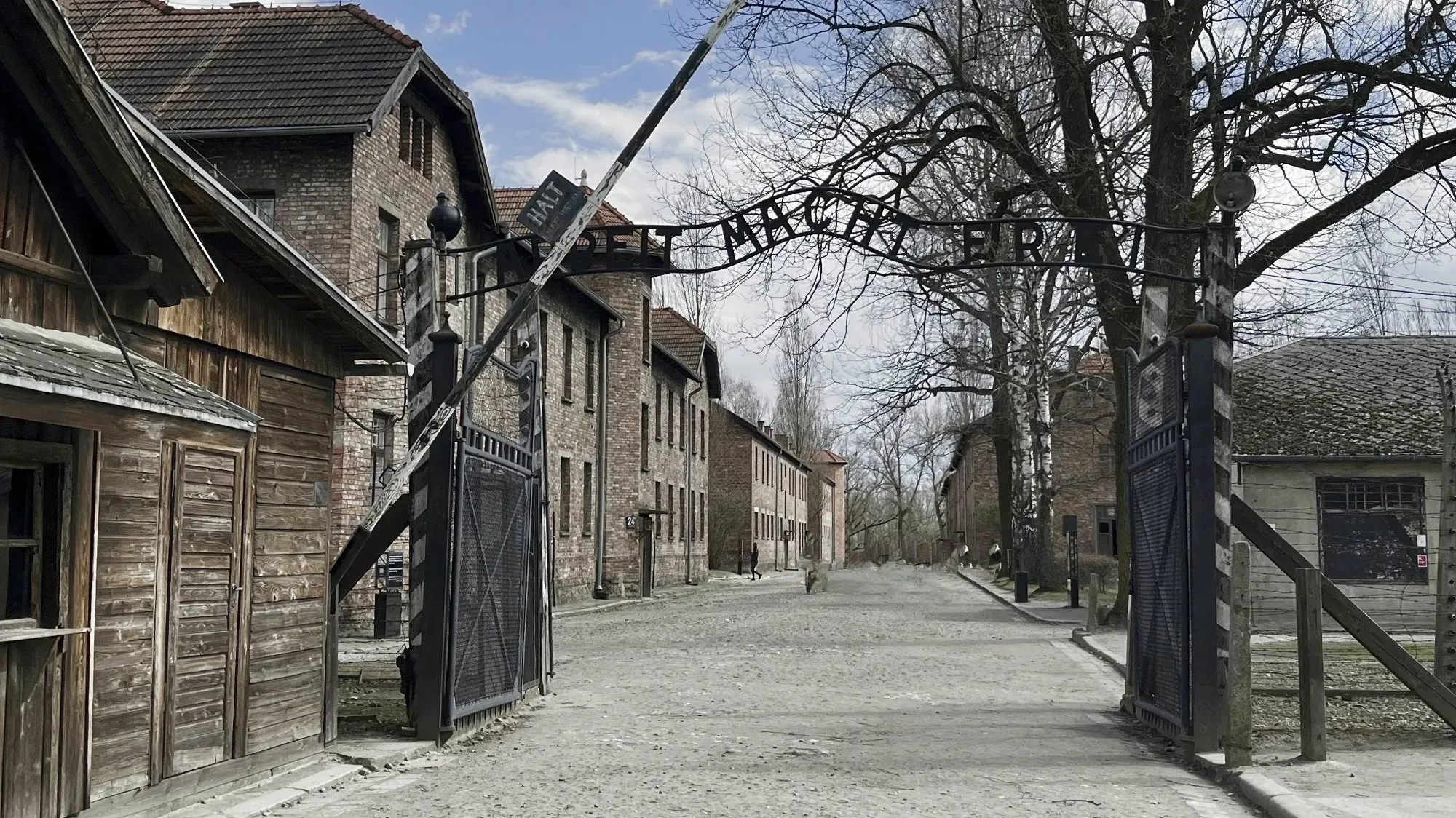
The last major experience we had on our visit was a trip out to the concentration camp Auschwitz-Birkenau. We had a guide who walked us through the two standing camps. The first had many brick buildings that have each been converted into different museums. On the walls, there hung the admission photos of the prisoners with their arrival date and death date. The rooms contained photos taken by the SS officers along with the collections of belongings taken from the prisoners when they got off the train. Some of the taken items were stored in their own exhibits with entire rooms filled to the ceiling with suitcases (labeled with the family names), shoes (men’s, women’s, children’s), and even eyeglasses. There were some exhibits that were difficult to look at when you processed how those materials were taken (hair, gold teeth, etc.). The second camp was the one we had more traditionally seen depicted in media. Our guide walked us down the iconic train tracks and showed us the abysmal living conditions the prisoners were kept in inclusive of beds made of stone and spaces with no restrooms. There are a lot of emotions packed into these camps and our tour guides were good at providing information and then giving everyone space to process before telling us more. The guides were also thorough about outlining where all of the evidence was collected from and how we know what happened there so accurately and indisputably. This was not a pleasant stop for us on our grand tour, but it felt like an important one. We are grateful we learned everything we did and will carry those memories with us as we continue on.
And with that, we are going to move on. We have packed our bags and are headed in the direction of the country known for drinking the most beer per capita. We are excited and cannot wait to tell you all about it. Any guesses where we are off to next?
